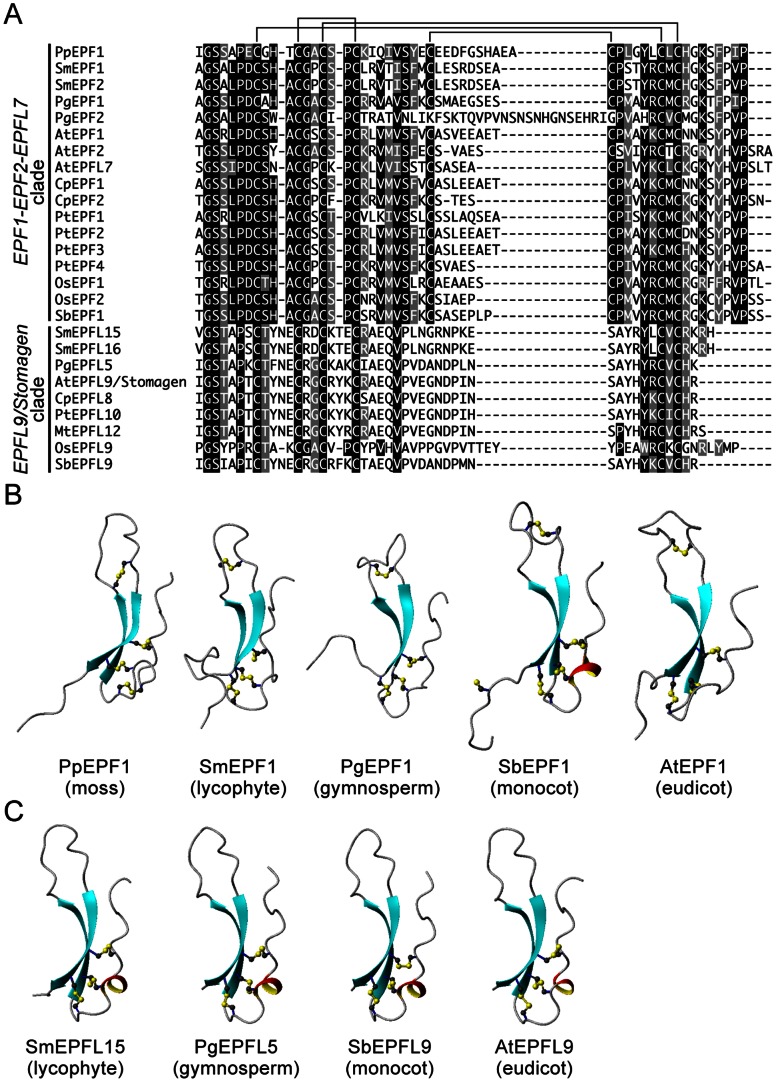Figure 2. Structures of AtEPF1/EPF2-like peptides and AtEPFL9/Stomagen-like peptides.
(A) Primary structures of AtEPF1/EPF2-like peptides and AtEPFL9/Stomagen-like peptides in land plants. Sequence alignment was generated by the ClustalW program. Pairs of cysteine residues forming disulfide bonds predicted for A. thaliana EPF/EPFL genes are indicated by lines. (B) and (C) Ribbon models of EPF/EPFL peptides. Structural models shown here were generated by homology modeling. The structure of AtEPFL9/Stomagen determined by NMR was used as the template for the homology modeling. A model of the disulfide bonds is shown as a ball-and-stick representation.

